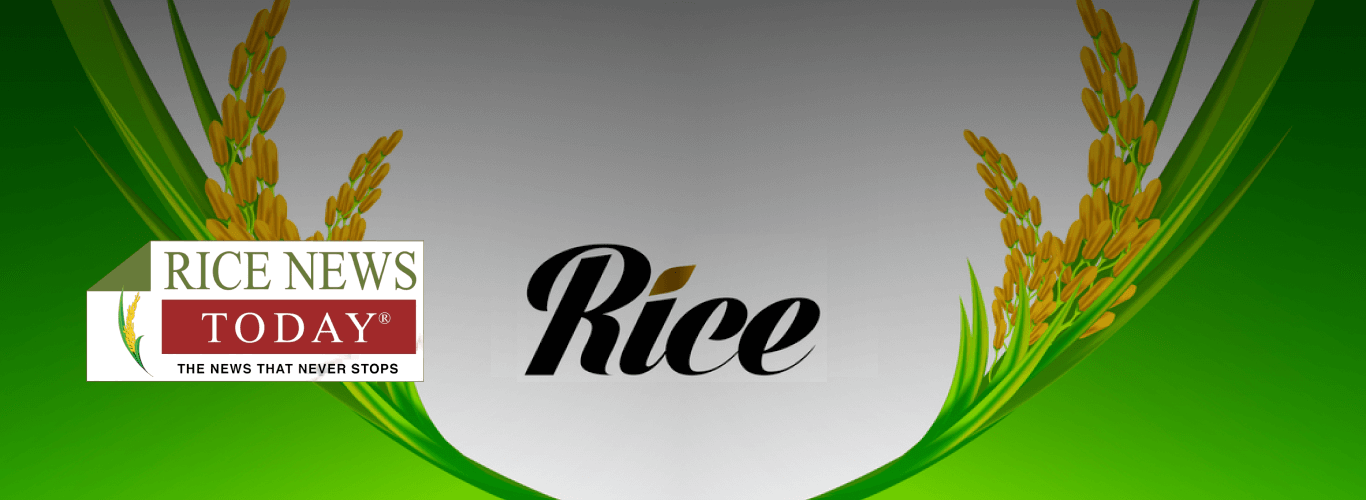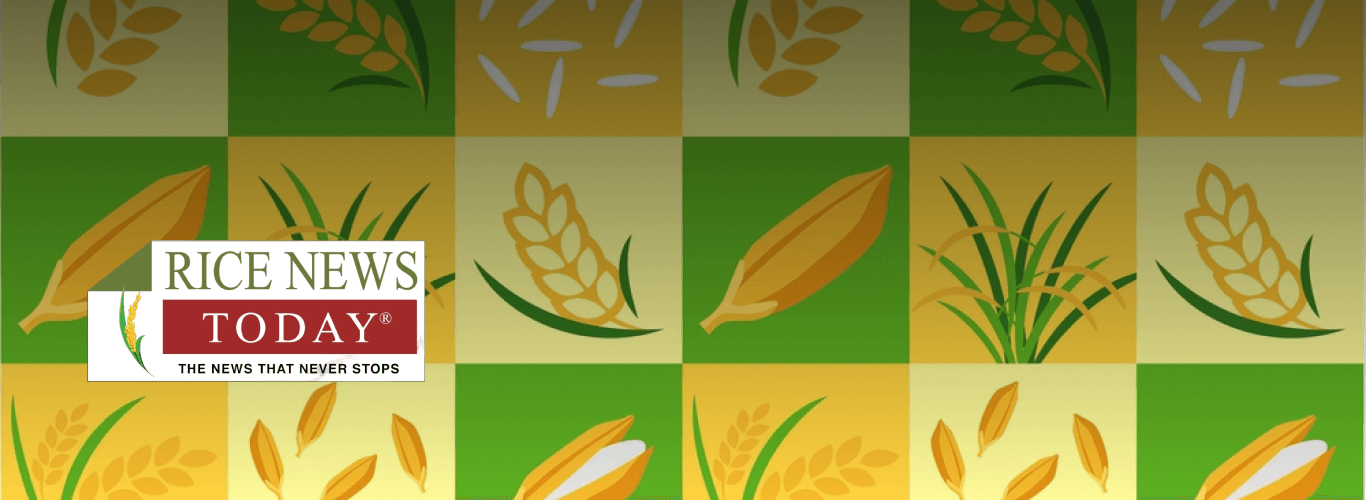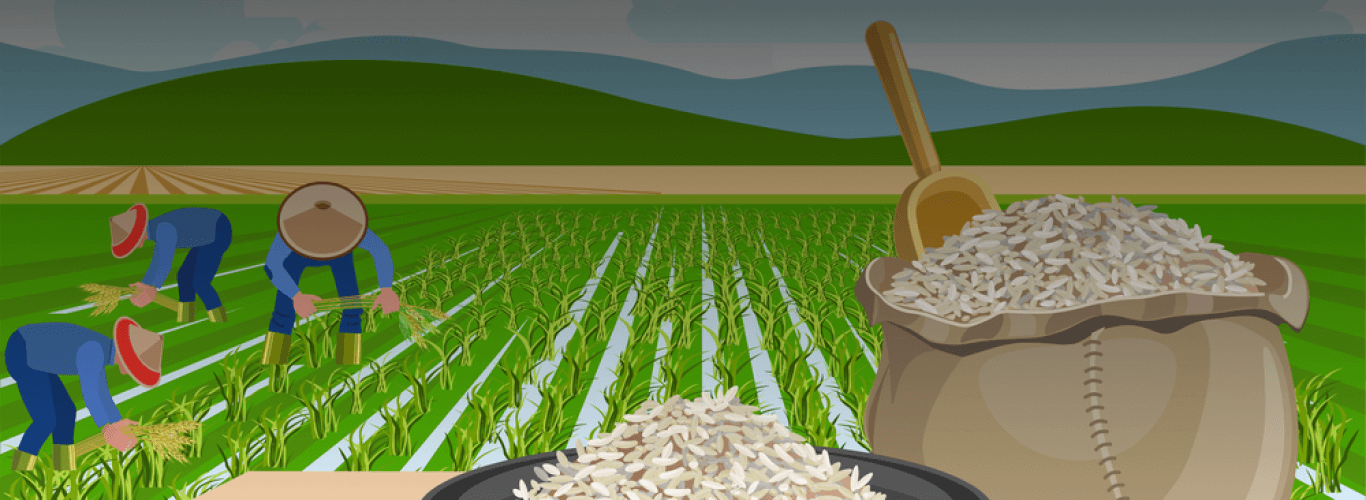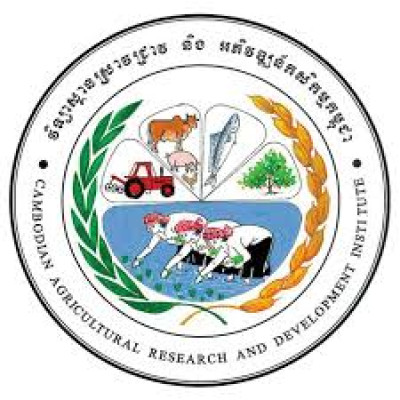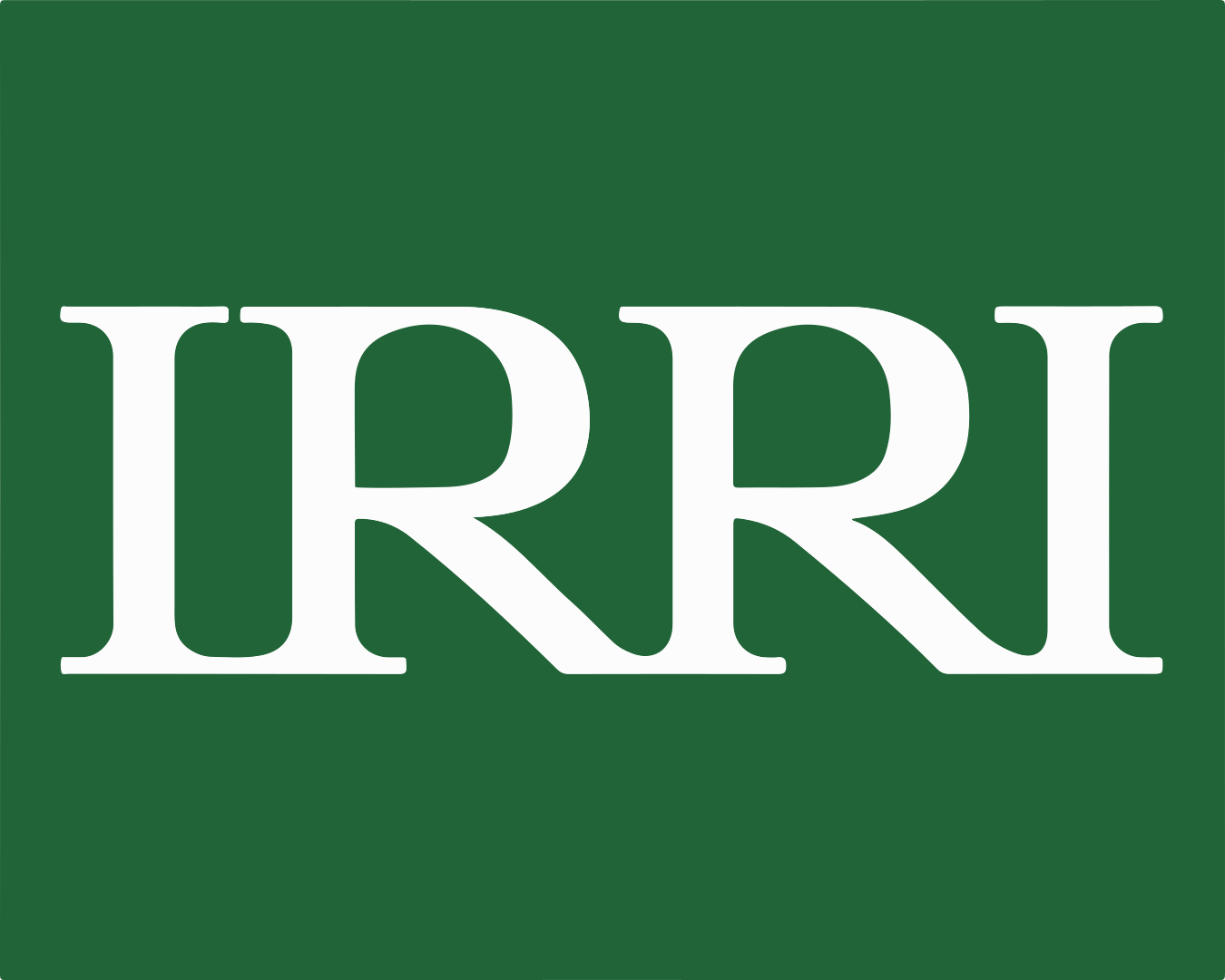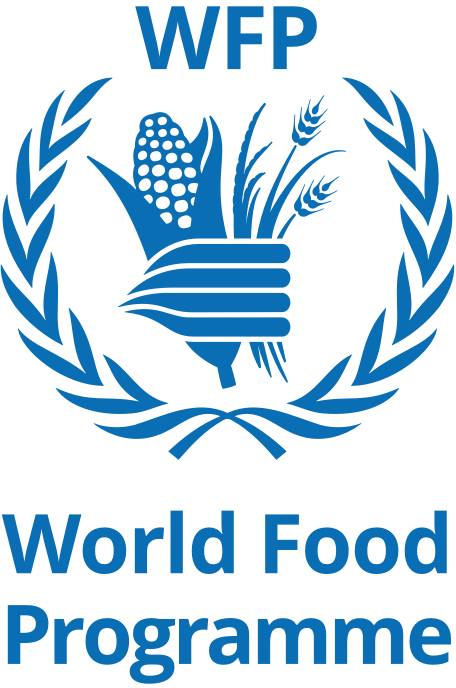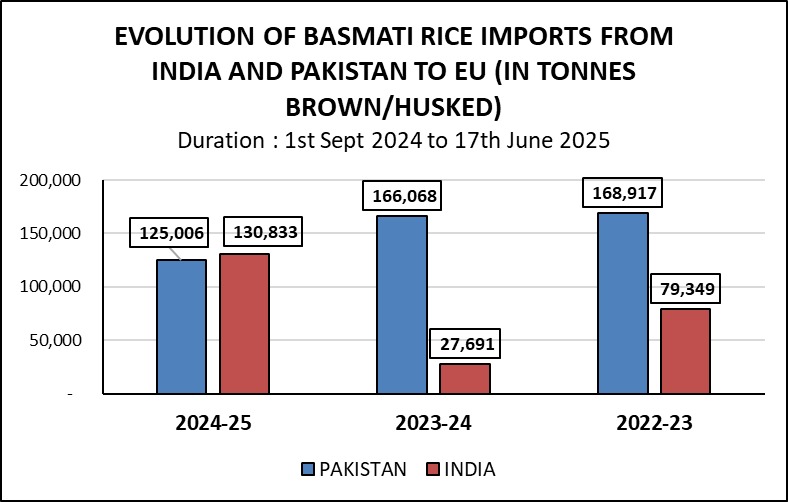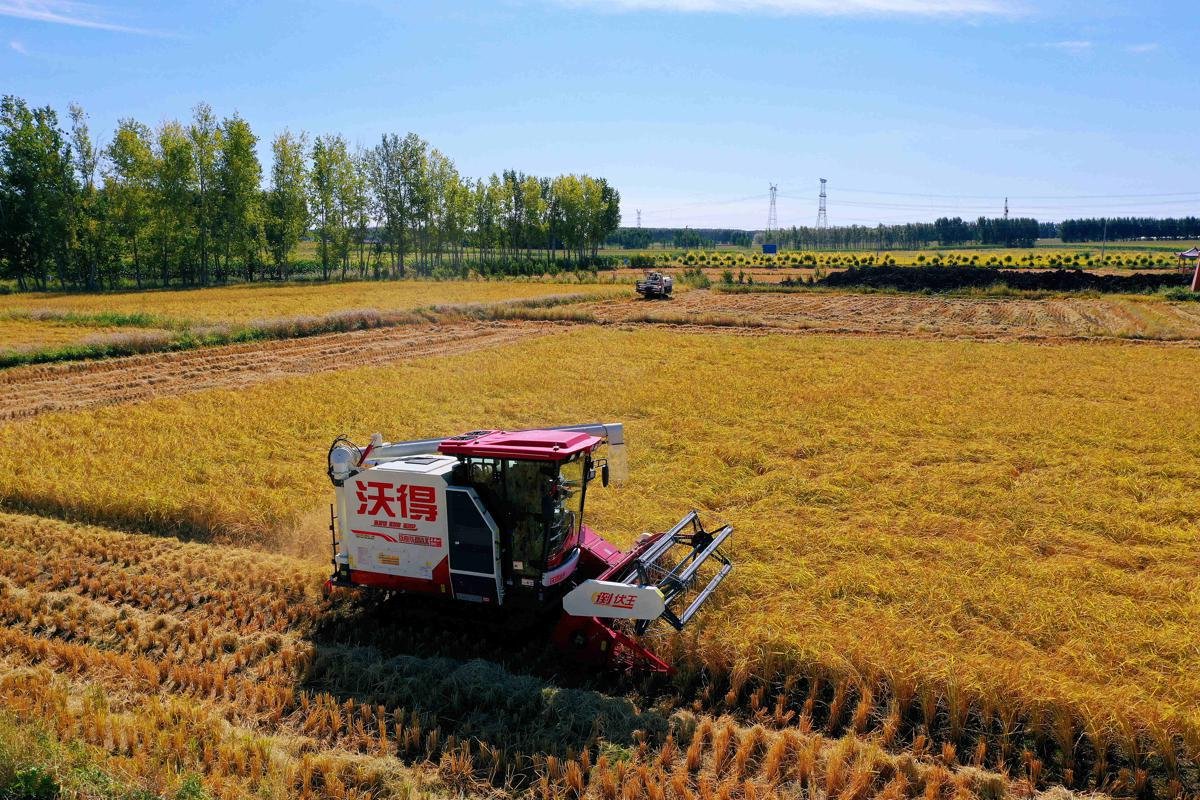Weekly Rice Market
(Indicative Quotes)
Basmati Rice
Basmati Rice | Indicative Quotes | Updated Weekly
Global Market | White Rice
White Rice | Indicative Quotes | Updated Weekly
| Origin | Type of Rice | Variety Name | Broken | Price | Change | High | Low |
|---|---|---|---|---|---|---|---|
| India | Milled White Rice | Long Grain | 5% | $376 | 0 | $380 | $376 |
| India | Milled White Rice | Long Grain | 5% | $381 | 0 | $496 | $379 |
| Pakistan | Milled White Rice | Long Grain | 5% | $346 | -11 | $360 | $346 |
| Pakistan | Milled White Rice | Long Grain | 5% | $380 | -11 | $640 | $380 |
| Pakistan | Milled White Rice | Long Grain | 5% | $590 | -11 | $613 | $488 |
| Thailand | Milled White Rice | Long Grain | 5% | $355 | -7 | $379 | $355 |
| Thailand | Milled White Rice | Long Grain | 5% | $387 | -7 | $669 | $387 |
| Thailand | Milled White Rice | Long Grain | 5% | $596 | -7 | $659 | $469 |
| U.S | Milled White Rice | Long Grain | 4% | $606 | 0 | $622 | $600 |
| U.S | Milled White Rice | Long Grain | 4% | $654 | 0 | $818 | $654 |
| U.S | Milled White Rice | Long Grain | 4% | $798 | 0 | $798 | $708 |
| Vietnam | Milled White Rice | Long Grain | 5% | $379 | 0 | $403 | $378 |
| Vietnam | Milled White Rice | Long Grain | 5% | $386 | 0 | $657 | $382 |
| Vietnam | Milled White Rice | Long Grain | 5% | $579 | 0 | $667 | $445 |
News

Indonesia achieves...
Tangerang, Banten (ANTARA) – Coordinating Minister for Food Affairs Zulkifli Hasan stated on Wednesday that Indonesia has successfully achieved rice self-sufficiency, with a
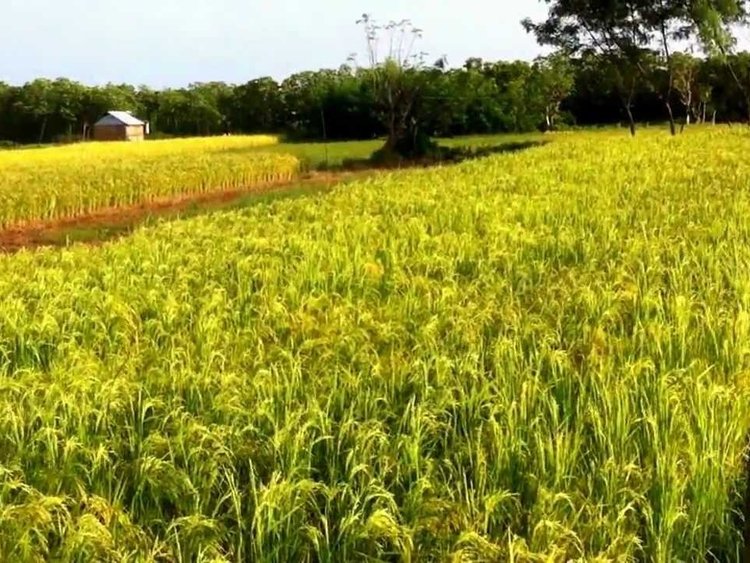
Pakistan’s rice gr...
Source: Asia News Network Paddy harvesting started only last month in the lower Sindh region, and farmers — mostly small landholders — are already complaining about

Việt Nam rice expo...
The Philippines’ Department of Agriculture has signaled that the government will extend the ban on rice importation, originally set for September and October, until the end of

India Eyes Global ...
India plans to double its agricultural exports over the next five years, targeting new global markets for rice. Minister Pralhad Joshi emphasized reforms in the public

TDAP organises sem...
Press Release KARACHI: The Trade Development Authority of Pakistan (TDAP) is organising a series of awareness seminars and workshops on Aflatoxin and Maximum Residue Level (MRL)

Kingdom’s milled r...
Chea Vanyuth / Khmer Times Synopsis: Exported milled rice varieties include fragrant rice, long grain white rice, parboiled rice, and organic rice. Cambodia exported nearly

Ghana becomes Viet...
Ghana became Vietnam’s largest rice buyer in September, accounting for nearly 22% of total exports after the Philippines temporarily suspended imports. Vietnam exported 6.83

Rice imports hit r...
Economists alert to risk of farmers being deprived of fair price. JASIM UDDIN HAROON Rice imports into Bangladesh spiked by nearly a record 5,400 per cent in the first two

Govt improves rice...
Jakarta (ANTARA) – The Ministry of Agriculture and the State Logistics Board (Bulog) are focused on improving rice storage management to prevent rice quality decline in the
Featured Registered Companies
RNT Tube
Rice Farmers in Crisis Huge Losses as Costs Soar & Prices Crash Buyers Exploit Market
October 6, 2025
Statistics
Sustainable Rice
Farmers Place
Upcoming Events
Forex Rates
Open Market Forex Rates
Updated at:
From | ||
|---|---|---|
To | ||
| Countries | Currency | Spot Rate |
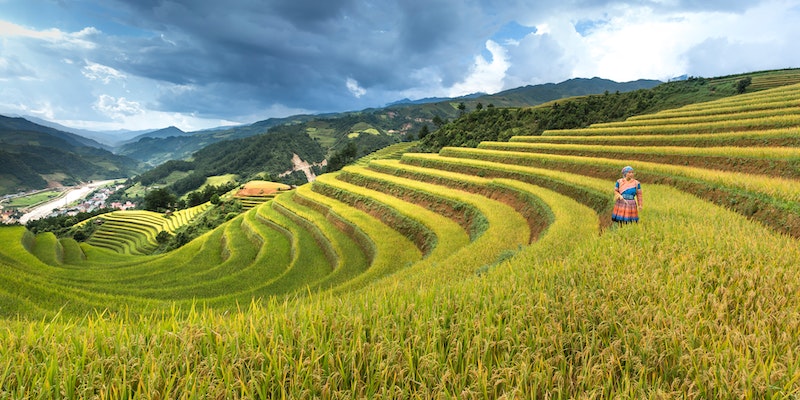
Enjoyed the read?
Join our monthly newsletter for helpful tips on how to run your business smoothly

